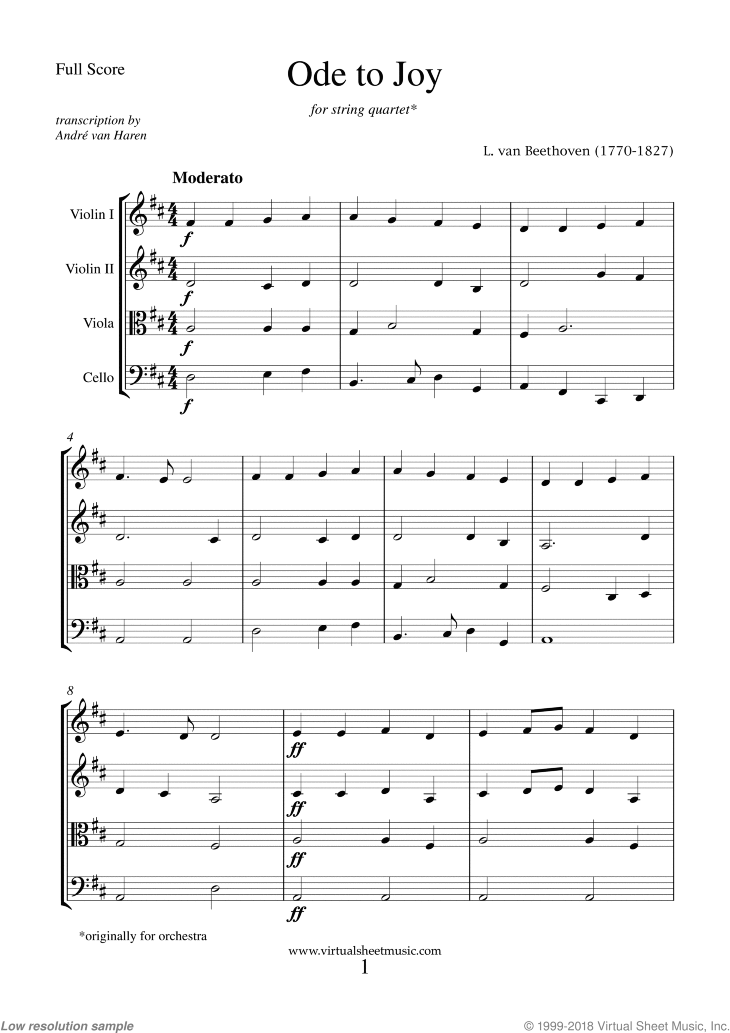

I also enriched the lyrical content by adding some new materials while retaining some of the original contents.

In reinterpreting the song, I was guided by the thematic contents to supply instrumental accompaniments and vocal harmony to the original. This is a women’s dance song recorded by N.

The mouth of the horn had to be placed close to the sound source – thus a soloist singing directly into the horn would produce a good recording, while members of a chorus or instrumentalists positioned further away might not register well. Another significant limitation was the fact that recording was made not electronically, through a microphone, but via a horn, which funnelled sound waves onto a membrane upon which a cutting needle was attached.

The duration of the recordings was limited to about 2½ minutes. In addition to the high levels of noise, the wax cylinders have an extremely limited dynamic range, and reproduce only a narrow frequency spectrum. These include three vocal songs, a song performed by a Mmọ̄nwụ̄ (a ‘spirit manifest’ or, less correctly, masquerade), and an instrumental track.Īs Onwuegbuna noted in conversation, the limitations of the phonograph sound recording equipment that was available to Thomas are very evident in the recordings. In what follows he provides a kind of masterclass on each of the recordings, before reflecting on their broader significance today.Īs an ethnomusicologist, music performer and studio producer, Onwuegbuna carefully selected, scrutinized and creatively reworked five of the audio tracks recorded by Thomas. Onwuegbuna’s grandmother was a well-known singer, and, as an indigene of the Awka region himself, Onwuegbuna is able to provide invaluable insight into the cultural and musical context of the recordings, able to discern nuances and idioms particular to that context. In an earlier article, Revisiting some Awka folksongs, ethnomusicologist Samson Uchenna Eze discusses some of the difficulties transcribing a selection of the recordings.Īs part of our collaboration with colleagues at the University of Nigeria, Nsukka, Dr Ikenna Onwuegbuna of the Department of Music has analysed and reworked a further selection of Thomas’ recordings made in the Igbo-speaking towns of Awka and Agulu in 1911. Due to the poor quality of the recordings and linguistic changes in the areas in which they were made, the recordings are challenging to work with. The recordings, which include stories, songs, music, conversations and ‘ samples of language‘, constitute an important primary source concerning the histories of the various locations and communities included in Thomas’ itineraries. It is only now, however, through the Entanglements project that we are beginning to appreciate their remarkable value.
#Simple recorder music duet archive#
Since they were recorded using a long-obsolete technology, it had been virtually impossible to listen to the recordings until the British Library Sound Archive digitized them a few years ago. Thomas‘ anthropological surveys of Southern Nigeria and Sierra Leone is a unique collection of around 750 wax cylinder sound recordings.


 0 kommentar(er)
0 kommentar(er)
